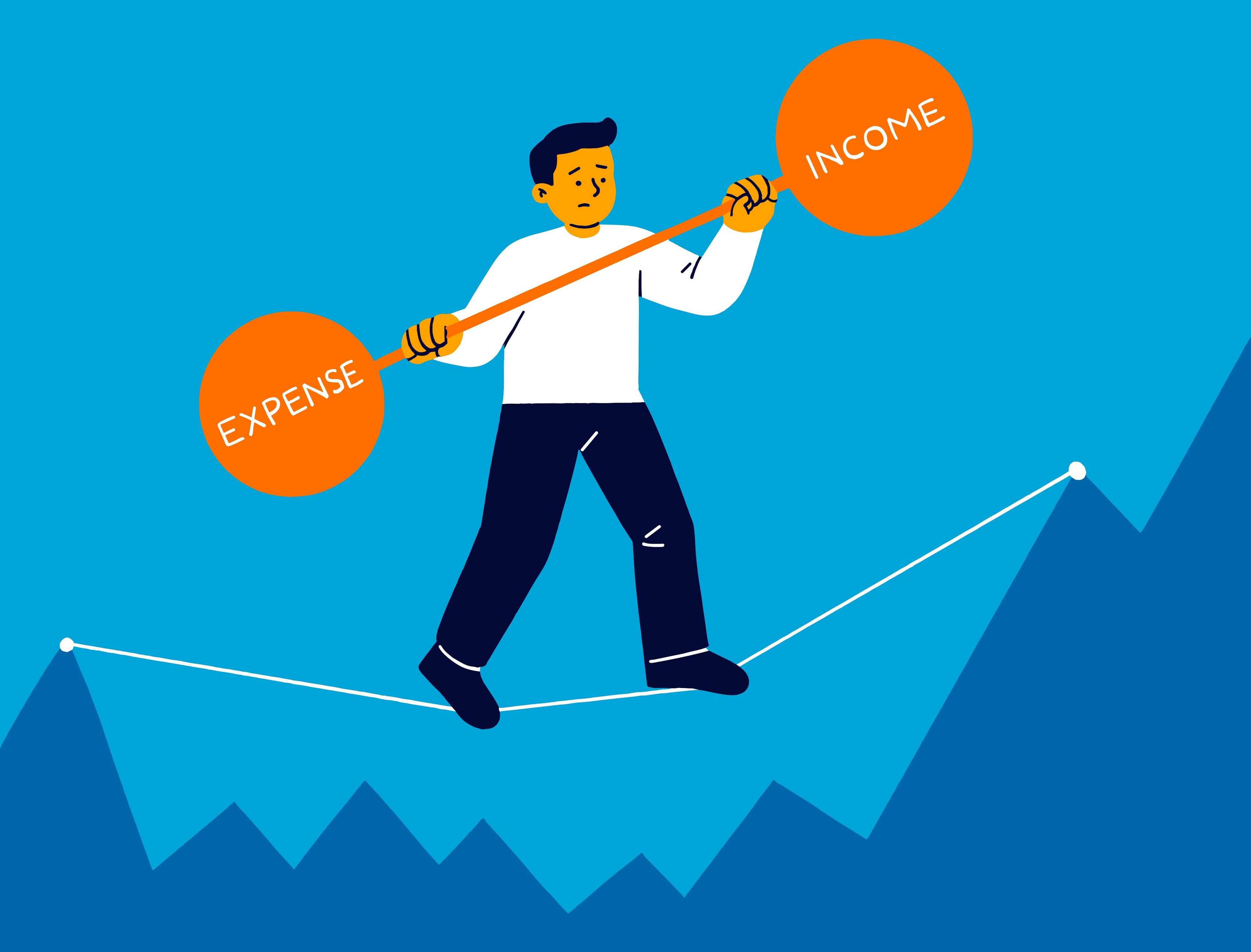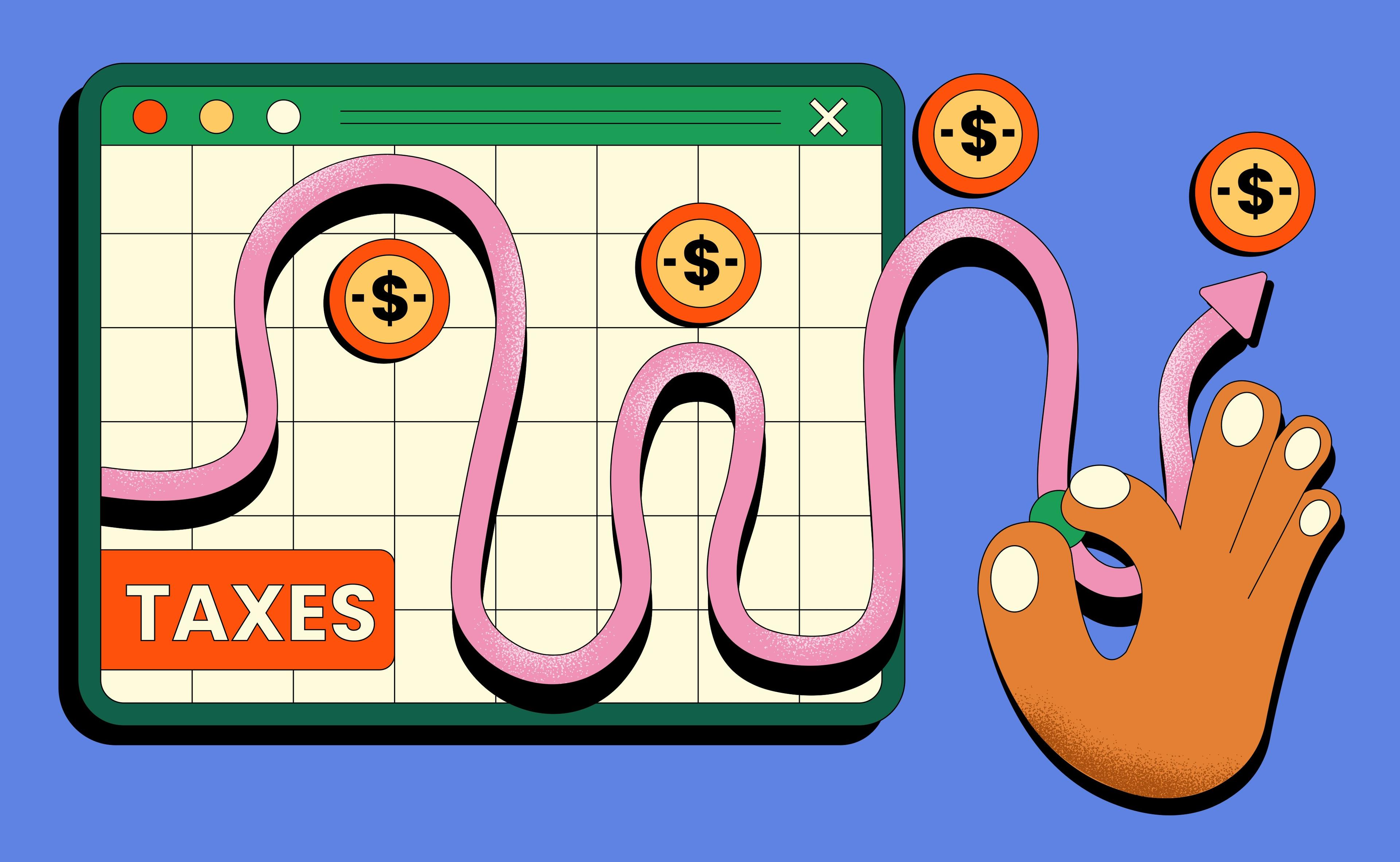When people ask how to maximize a 401(k) when they have started saving late, there is usually a familiar mix of emotions behind the question. There is regret about years when retirement savings were not a priority, and there is urgency because the window to fix it feels much smaller than it used to. Maybe you spent your thirties juggling childcare costs and rent, or you went through patches of unstable employment, or you focused on building a business instead of funding a retirement account. Whatever the reason, it is easy to look at those who started in their twenties and feel as if the opportunity has passed you by. The truth is more hopeful. A late start is not a dead end, it simply means you have less time and need to be more deliberate with the tools you have, especially your 401(k).
The first step is to reframe what “late” actually means for you, instead of treating it as a vague label that only creates anxiety. Someone beginning to save at forty eight with a solid income and little debt is in a very different position from someone beginning at fifty five while still paying off a mortgage and supporting children in university. Your situation is defined by your time horizon, your obligations, and your comfort with risk, not by a generic age cut off. Ask yourself how many years you realistically have before you expect to draw from your 401(k). That number might be ten to fifteen years, or it might be closer to twenty if you are open to working longer or taking a phased approach to retirement. Then look at your financial responsibilities over those years. A clear view of housing, education, elder care, and other major commitments tells you how much space you have to increase contributions, and how much you need to keep available for cash flow. Finally, notice how you react emotionally to market swings. If you know that sharp drops would keep you up at night, that will influence the type of investment mix you can realistically stick with. Once you see these details, you stop being “late” in the abstract and become a person with a defined starting point. That is a much better place to plan from.
With that clarity, the single most powerful lever you control is your savings rate. When you start saving later in life, how much you put into the account matters even more than fine tuning which specific funds you pick. Investment returns cannot fully compensate for years when contributions were low or non existent. Your task now is to turn the contribution tap up as far as your income and responsibilities can reasonably allow. If your employer offers a match, treating the full match as non negotiable is a good first rule. Those matched dollars are effectively a guaranteed return on your contributions, and leaving them on the table is one of the most expensive mistakes a late starter can make. If you are not yet contributing enough to capture the full match, that is your first target.
Once the match is secured, think of your contribution rate as something you gently but steadily escalate rather than as a single dramatic jump. Going from three percent of salary to twenty percent overnight is usually unrealistic. Instead, you can commit to raising your contributions by one or two percentage points every year, or every time you receive a raise, bonus, or promotion. Because this increase is gradual, it is easier to absorb in your monthly budget, yet over a handful of years the difference in your savings path becomes substantial. If you are fifty or older, catch up contributions become another important tool. The rules deliberately allow higher annual contributions in 401(k)s for people in this age group, so that those with late or interrupted saving histories can accelerate their progress. Learning what your current limits are and asking your HR department or plan provider to help you adjust your payroll deductions can turn this from an abstract benefit into a concrete habit.
While your savings rate is crucial, what you do with the money once it is inside the 401(k) also matters. A late start often tempts people into extremes. Some feel they must invest very aggressively to make up for lost time, putting almost everything into high risk assets and hoping for a string of strong markets. Others, frightened by volatility, retreat into overly conservative positions and leave a large share of their account in cash or very short term bonds. Both approaches carry their own dangers. If you are too aggressive, a severe downturn just before retirement could damage your nest egg so badly that it reshapes your plans. If you are too conservative, your money may barely outpace inflation, which is a real problem if you expect it to support you for two or three decades.
What you need is a balance between growth and resilience that matches your remaining timeline and your emotional resilience. For many people, this looks like a diversified mix of stock funds and bond funds, with the exact proportions shifting as they get closer to their retirement date. Target date funds inside many 401(k) plans are designed for this purpose. You choose a fund aligned with a tentative retirement year, and the fund automatically adjusts its mix to become more conservative over time. If you prefer simplicity and do not enjoy managing allocations, this can be a practical choice. If you like a bit more control, you can build your own blend using broad index funds, then commit to checking and rebalancing it once a year rather than reacting every time markets move. A useful question is whether you would be able to stay invested through a sharp market drop. If the answer is no, your mix probably carries more risk than you can comfortably handle, and toning it down could actually protect your long term results by reducing the chances that you will panic and lock in losses.
Alongside contributions and investment mix, time is the third critical factor, and it is more flexible than it might first appear. Many people treat a target retirement age as if it were fixed, but in reality there are often ways to extend or reshape your working life, and these adjustments can have outsized effects on your retirement readiness. Working even two to five years longer than originally planned can give you extra years of contributions and catch up contributions, reduce the number of years when you need to draw income from your savings, and sometimes increase other retirement benefits. For some, a less abrupt approach works best, for example shifting into part time roles, consulting, or less stressful jobs in their sixties. Even modest income in those early retirement years can give your 401(k) more time to grow instead of being depleted quickly. Of course, health, industry shifts, or family needs may limit these options, so it is unwise to rely on working longer as your only solution. It is more realistic to see it as one more dial you can turn, alongside saving more and investing thoughtfully.
When you are trying to catch up, another essential principle is to protect your 401(k) from leaks. Every dollar that reaches the account has had to fight its way past your monthly bills and your impulses to spend. It makes sense to guard those dollars once they are inside. That starts with a basic emergency fund in a regular savings account. Having three to six months of essential expenses outside your retirement accounts can reduce the temptation to borrow from your 401(k) when the car breaks down or an unexpected medical bill appears. 401(k) loans can look appealing because you are “borrowing from yourself”, but they come with risks. Leaving your job while a loan is still outstanding can trigger a requirement to repay quickly, and if you cannot, the unpaid balance may be treated as a withdrawal, with taxes and penalties attached. Early withdrawals are usually even worse, because they bring immediate tax consequences and remove money from the market permanently, which means you lose all the future growth you hoped for. Whenever you feel tempted to use your 401(k) as a quick source of cash, it is worth pausing to ask what your future self would say about that decision.
Although your 401(k) is often the backbone of your retirement plan, it does not have to bear all the weight on its own, especially if you have started late. Think of retirement as a stack of income and assets. At the base is any predictable income, such as government pensions or other guaranteed benefits. On top of that sits your 401(k), usually the largest flexible pool. Beyond that, you might have IRAs, taxable investment accounts, property, or even a share in a business. If you still have room in your budget after maximizing key opportunities in your 401(k), you may be able to add to these other layers as well, using their own contribution limits and tax rules. The order in which you draw from these different layers can influence how long your money lasts, and how much you pay in taxes each year. For people who have worked in more than one country, the picture can be even more complex, and coordinating 401(k) decisions with cross border tax and pension advice becomes especially helpful.
All of this can feel abstract until you connect it to concrete actions in the near term. One way to do this is to treat the next ninety days as a reset period rather than a rush to perfection. In the first stretch of time, your goal might simply be to get a full view of your current situation. That means logging into your 401(k) portal, noting your balance, your contribution rate, and whether you are capturing the full employer match. It might also mean using any calculators your plan offers to project what your current path could produce if nothing changed. During the second stretch, you can commit to one meaningful upgrade to your contributions, perhaps nudging your percentage a little higher or setting up automatic annual increases so that part of every future raise goes directly into your retirement account. In the third stretch, you can examine your investment mix with fresh eyes and ask whether it matches both your timeline and your temperament. If it does not, this becomes your moment to simplify or adjust toward an allocation you can confidently stick with for the next few years.
By the end of these months, you will not have solved every aspect of retirement planning, but you will have shifted from worry to action. You will have a clearer sense of where you stand, a stronger savings habit in place, and an investment approach that reflects who you are now rather than who you were when you first opened the account. That momentum matters. It can build into a pattern of checking in once a year, nudging your contributions up when possible, and staying the course during market turbulence.
Starting late with your 401(k) does mean you need to be more intentional. You cannot go back and deposit money into your account for the years that have already passed. Yet you still have leverage in the years ahead, and those years can be more powerful than you think when you align your contributions, your investment choices, and your timeline. Maximize the employer match and catch up contributions, protect your account from unnecessary leaks, let compound growth work for you as long as possible, and be honest with yourself about how long you might work and what kind of retirement you actually want. You do not need the perfect plan that would have existed if you had started saving at twenty two. You need a realistic and disciplined plan from the age you are now. Late is not the same thing as too late, and your 401(k) can still become a strong ally in building a retirement that feels supported rather than strained.














